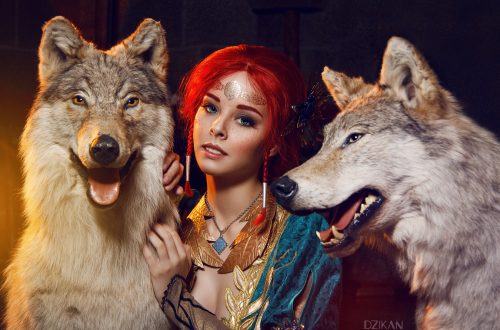A History about Cosplay
Cosplay is commonly defined as costume playing. It’s an act of performing art that involves participants who, or “cosplayers,” wear costumes and accessories in order to portray a particular character. It is possible to cosplay and create a new subculture.
There has been an increase in people who practice it since the 1990s. This phenomenon has had a profound impact in Japan, Asia, as well as the west. Fan conventions, which are common venues for cosplay, are common. Conventions and international competitions are dedicated to cosplay activities.
In 1984, Japan created the term “cosplay”. It is very well-liked by all sexes. The origins of the term cosplay are actually costuming conventions which were established at an international science fiction convention.
This page explains the history and origins behind cosplay
* Masquerade balls are a popular tradition from the 15th-century. They were elaborate procession switches used to celebrate marriages and other important dynastic events.
* They were made public in Italy during the Renaissance. Venice’s upper classes were very popular, and they held elaborate dances.
* Fancy parties, also known by the names costume parties or fancy dress parties, became very popular in Britain in 19th-century. Costuming books featured mostly generic costumes.
* The era for fan costuming began. The first person to dress up in a costume for a convention was the original to wear sciencction pants. They were dressed in futuristic costumes, which could be worn as breaches or green.
* Japan conventions can be fun. It was first recorded in 1970. Hakoneat was Japan’s first example of costuming at fan events. This was the future science fictional costume. This is how cosplay anime came to be.
* The next contest for costumes was held at Broadway’s central New York hotel.
Everything you need about cosplay.
* Cosplay means dressing up in the role of a videogame character, movie or book. This Japanese-inspired activity is mainly done using manga or anime. Studio Hard was started by Studio Hard founder in 1984, after he attended Los Angeles’ 42 Worldcon.
* He was impressed and reported the act to “Mycoupurecoining”, from whom the term “kosupure” emerged. Play is very popular for all genders.
Costuming has been an important Japanese pastime since at least the 1970s. Takahashi’s article made it more popular. Although the term wasn’t immediately well-known, it quickly gained popularity and was often covered in magazines as well as television.
* In 2003, Rose Court Hotel in Japan hosted the inaugural international cosplay Summit. There were five cosplayers representing France, Germany, Italy, and Spain.
Cosplay costumes can come in many styles. This costume is more appropriate for Halloween than other costumes.
* A television series, comic, or videogame can feature cosplayable characters. Some cosplayers will even try to coy a character in cosplay with a fusion.
Inlayers have many options when it comes to purchasing their clothing. You can buy pre-made outfits from both manufacturers and producers that you can use in cosplay. They can also order them from wig stores, dealers, or online. Japan-manufactured costumes for cosplay reported a profit from 2008 of 3 yen.
* Cosplay is an act that embodies. It is closely related to the prescient cosplayers, who also have physical capabilities. Every cosplay is judged on its ability portray a character using the body. Each coser will often be confronted with their own body limitations, including size, attractiveness, disability and other body limitations.
* The screen personality is what determines the authenticity and authenticity of the character. This allows the screen representation of the character to be translated into cosplay. Some claim that cosplay cannot accurately represent the character. It can only be viewed through the body. The authenticity of a character can only be determined by its similarity to the original cosplay character.
Many cosplayers build their own costumes using photos of the characters they play. This requires careful attention to detail and a lot time. Because of the difficulty of replicating some details and materials, cosplayespecialtiescate themselves in crafting,g sp, specialties such as textile sculptuanetc and also uses other materials in an effort to get the feel of the costume.
* They might be interested and able to modify their bodies in order to discover more about themselves. This could include changing their skin colour and applying makeup to suit the culture that they have adopted. Concolorenses are also available to match their color. Contact lenses are also used to magnify the pupils. Temporary tattoos or body paint are also available.
If you’re searching for costumes for cosplayers, you can find them easily.



